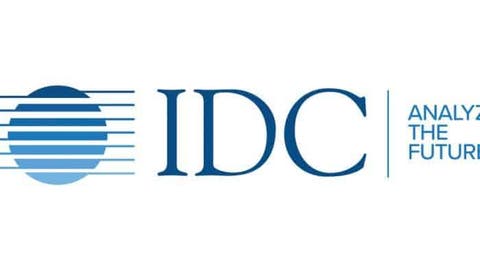According to IDC, the global AI Spending rate will double in the next four years. The figure will increase from $50.1 billion in 2020 to more than $110 billion in 2024. Organizations continue to use artificial intelligence as their digitalization drive. As an integral part of the transformation effort, the need to remain competitive in the digital economy will promote the accelerated growth of artificial intelligence systems in the next few years with a compound annual growth rate (CAGR) of 20.1% from 2019 to 2024.
Ritu Jyoti, IDC’s vice president of artificial intelligence projects, said: “Enterprises adopt AI not only because they can do it, but also because they have to do it. Artificial intelligence technology can help companies become agile, innovative, and grow at scale. Those’ AI-driven companies will have comprehensive information (using AI to convert data into information and then into knowledge), learning (using AI to understand the relationship between knowledge and applying it to solve business problems), and provide large-scale insights (using AI to support decision-making and automation)”.
There are two driving forces that promote the popularization of artificial intelligence. These are the need to improve customer experience and to help employees do their jobs better. This reflects in the main use cases of AI, including customer service agent automation, sales process recommendation, and automation, and threat intelligence assessment. These scenarios will account for nearly one-third of all AI spending this year. In addition, the fastest-growing use cases are HR automation, IT automation, drug research, and discovery.
AI spending will be basically in retail and banking
During the entire forecast period, the retail and banking industries will spend the most on AI solutions. The retail industry will mainly use AI for improving customer experience through chatbots and recommendation engines. As for the banking sector, it will mainly use it for fraud analysis and investigation, project consultants, and recommendation systems.
This year, software and services will each account for more than one-third of total AI spending, with the rest being hardware. In terms of software spending, AI applications ($14.1 billion) account for the largest proportion. IT services ($14.5 billion) account for the largest portion of service spending. In terms of hardware, servers ($11.2 billion) will dominate. During the forecast period, software spending will grow the fastest, with a five-year compound growth rate of 22.5%.
From a regional perspective, the United States will account for more than half of AI spending during the entire forecast period. The U.S. will basically use AI for retail and banking. Western Europe closely follows the US with AI applications in banking, retail, and discrete manufacturing. China ranks third and will apply AI in national and local government services. It will also use AI in banking and other professional services. During the five-year forecast period, the regions with the strongest spending growth are Japan (compound annual growth rate of 32.1%).
